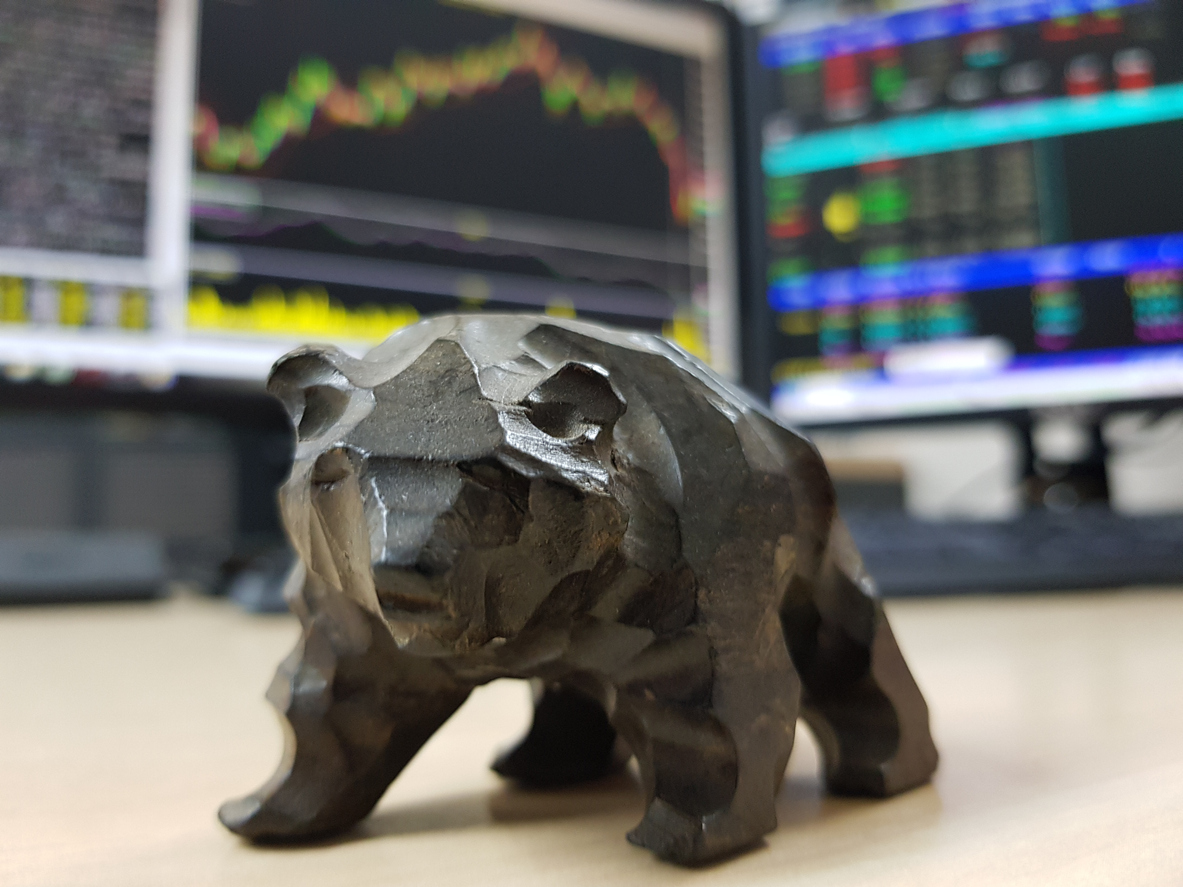The world of cryptocurrency can be confusing for newcomers, and that’s something we’d like to change. New cryptocurrencies are always emerging. Some will be strong performers, and others will fail to go the distance.
What we’ll discuss in this article is those that are still performing well as of January 1st, 2019.
These are not necessarily recommendations, but by giving some insight into what these currencies are, it will help you make more informed decisions on your future cryptocurrency investments, including newly emerging ones.
Bitcoin (BTC)
It makes sense to start with the most famous of them all, the cryptocurrency that started the boom, and that has hogged its share of success for a very long time. Unfortunately, that very same success is also something that can make it more difficult to jump on the BTC train, because the currency has such a high value, with no inflation to keep it in check.
This currency emerged in 2009 as the world’s first cryptocurrency. In true hacker tradition, the inventor, Satoshi Nakamoto, is shrouded in mystery. Nobody knows who Satoshi Nakamoto is, except Satoshi Nakamoto.
Bitcoin remains strong in 2019 and has suffered only minor decreases in value since the Great Plunge of January 2018.
The major points of Bitcoin are that it is a spendable currency (and the most widely accepted of any cryptocurrency), plus it doesn’t currently serve any other useful purpose, which makes it different from most other cryptocurrencies such as Ethereum.
Ripple (XRP)
This currency was released in 2012 and has risen through the ranks to take second spot by the end of 2018. Some of XRP’s strength comes as a result of defacto “legitimization” due to being recognized by banks and also support for fiat currency, which is not common among cryptocurrencies. Like Ether, this cryptocurrency was developed by well-known identities.
It’s currently very low price of just over US $0.35 makes it interesting.
Ether (ETH)
Until very recently this was the second biggest and second most successful cryptocurrency after BTC, however it has recently been overtaken by XRP. It may yet rally.
You will normally see Ether referred to as Ethereum, even on official exchanges. People seem to have a hard time mentally separating a currency from its blockchain.
ETH is very different from BTC and its derivative forks. This is because it exists for other reasons than just being a spendable currency.
The Ethereum blockchain is intended to be used for distributed decentralized blockchain applications. Another difference is that the developers of Ethereum are not mysterious secretive entities. They are well-known software developers.
ETH is a strong currency that remains stable.
Bitcoin Cash (BCH)
A relatively successful fork of Bitcoin, this one designed to increase the block size and combat the runaway inflation that looks certain to centralize BTC. At the time of writing, it is the 4th best-performing cryptocurrency.
Investors should be cautious about this cryptocurrency, however, due to a so-called “civil war” that is taking place between the major factions within the BCH camp. This is more of a “wait and see” situation because nobody knows right now which (if any) faction will emerge triumphant.
EOS.IO (EOS)
At the time of writing, this is the 5th best performing cryptocurrency. It works differently to typical cryptocurrencies, but has much in common with Ethereum. EOS is another cryptocurrency trading at a low price at the start of 2019.
Stellar (XLM)
Tucked just in behind EOS, XLM is in 6th place and trading at just over US $0.11. The main purpose of it is to simplify digital to fiat conversion. Low price, high utility currency that seems to be undervalued at present.
Litecoin (LTC)
Litecoin is a completely open source cryptocurrency that was developed by Charlie Lee (an employee of Google) in 2011. It’s closely related to BTC, from which it is derived, but offers a faster block generation time and higher maximum capacity. It has slipped down to 7th place after making it into the top five in earlier years.
Tronix (TRX)
Tronix is a currency that is used on a blockchain called Tron. This one is a very different kind of system, run by a non-profit organization that states its mission is to heal the Internet. It’s a very new currency, first issued in 2017, and currently in 8th place, trading at just over US $0.02. If you caught the movie reference, this is just one of many such references you’ll encounter if you delve deeper into this project.
ADA (ADA)
ADA is a cryptocurrency built on the Cardano blockchain. Cardano postulates itself as “the future of money”, however it has a lot of catching up to do. Currently trailing in 9th place, the main reason to consider it is the low buy price (US $0.04) and focus of the blockchain developers on financial software and security.
IOTA (IOTA)
People usually employ the word “iota” to mean something small and insignificant, however in the case of this cryptocurrency, the name is derived from the Internet of Things (IOT), and that is what the blockchain development is intended to focus on.
This currency is in 10th place but shows signs of making an improvement. It has a modest buy in price of US $0.38, a big slump from its peak price of nearly US $5 in December 2017.

 Press Releases7 years ago
Press Releases7 years ago
 Business7 years ago
Business7 years ago
 Business7 years ago
Business7 years ago
 Press Releases7 years ago
Press Releases7 years ago
 Market7 years ago
Market7 years ago
 Market7 years ago
Market7 years ago
 Press Releases7 years ago
Press Releases7 years ago
 Tech7 years ago
Tech7 years ago


















